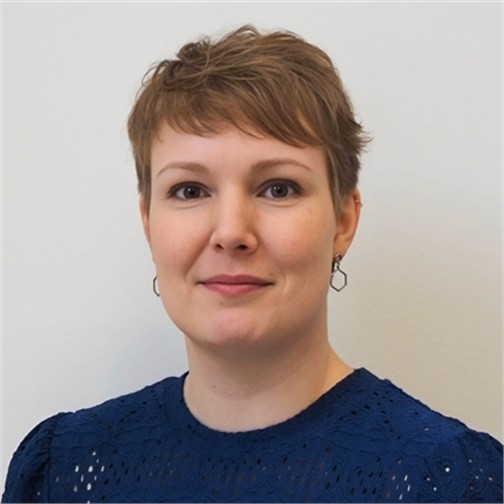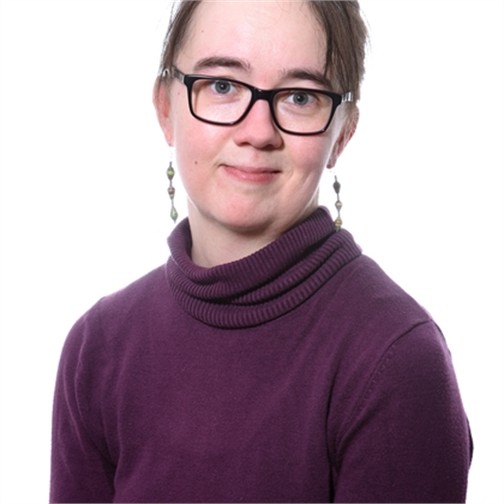Improving Waste Communication

Could waste communication become as natural a part of our everyday information environment as weather forecasts? The pilot study of the KOTILO project explores how new types of communication can influence residents’ waste sorting practices. The research focuses on how communication can be brought closer to consumers in a concrete way, and how it affects their motivation.
In summer and autumn 2025, Häme University of Applied Sciences (HAMK), together with Loimi-Hämeen Jätehuolto Oy (LHJ) and Loimaan Isännöinti Oy, installed touch screens in selected housing companies participating in the study. These screens provide residents with waste management information and allow them to give feedback, for example on the functionality of waste facilities, or request guidance on sorting specific waste types. The study will continue until the end of 2025.
The aim of the research is to strengthen two-way communication between residents and waste management operators. This is expected to increase residents’ sense of participation and improve waste sorting at the point of origin – in households. We want to understand how residents can best be motivated and how to make waste-related communication smooth and useful for everyone. Our previous studies have shown that households are especially interested in knowing where their waste goes after being placed in collection bins. Now we can test in practice whether this information encourages residents to sort waste more effectively.
The results are eagerly awaited, as in a changing world, waste sorting also faces growing demands. High-quality waste management is an essential part of a sustainable circular economy.
Participatory Design of Source Separation in Recycling (KOTILO)
The KOTILO project (1 September 2023 – 31 December 2025), carried out by Häme University of Applied Sciences, supports the transition to a circular economy by exploring ways to achieve cleaner material flows. The project is funded by the European Regional Development Fund.
For more information:

Anne-Mari Järvenpää
Principal Research Scientist, tenure track



